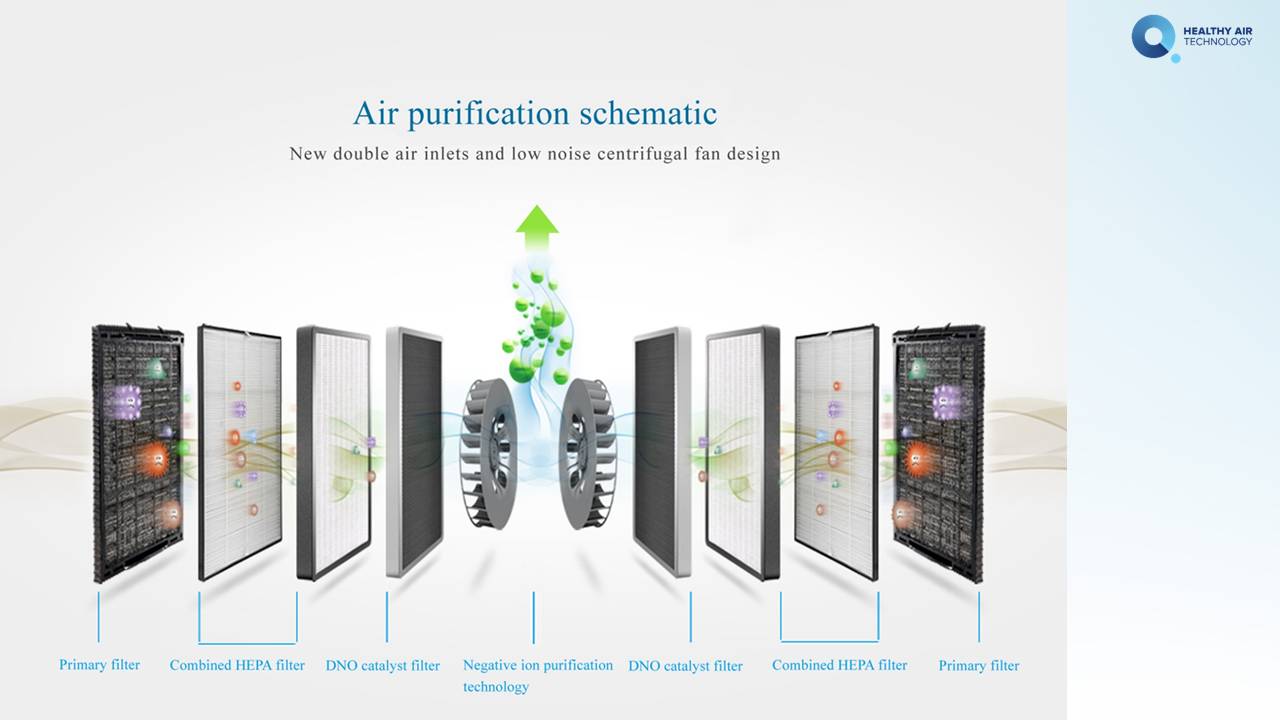Introduction:
In our busy modern lives, we often neglect to consider the quality of the air we breathe within the comfort of our homes. Indoor air pollution poses a grave threat to our well-being, yet it often goes unnoticed. This blog post is dedicated to shedding light on the hazards of indoor air pollution, emphasizing the importance of maintaining pristine indoor air quality and exploring the role of preventive precautions and professional medical-grade air purifiers in protecting our health.
Indoor Air Pollution’s Health Impact
World Health Organization recorded that every year, a staggering 3.2 million lives are prematurely lost due to illnesses linked to household air pollution stemming from the incomplete combustion of solid fuels and kerosene during cooking. Particulate matter and other pollutants in household air pollution inflame our airways and lungs, weaken our immune response, and diminish the oxygen-carrying capacity of our blood.
Indoor Air Pollution lurks within the confines of our homes, emanating from a variety of sources. Chemicals, gases, particulate matter, and biological agents are common culprits. Tobacco smoke, household cleaning products, building materials, mold, pet dander, and inadequate ventilation all contribute to this invisible menace.
Exposure to indoor air pollution can lead to a range of health issues, both immediate and long-lasting. From irritating our eyes, nose, and throat to inducing headaches, dizziness, and fatigue, its short-term effects are insidious. But the true danger lies in its prolonged exposure, contributing to the development or worsening of asthma, allergies, bronchitis, and even life-threatening conditions like lung cancer and cardiovascular disease.
Precautions for Cleaner Indoor Air Quality
The good news is that safeguarding our health begins with taking proactive measures to improve indoor air quality. Here are some impactful precautions you can adopt:
- Ventilation: Embrace fresh air by opening windows and promoting circulation.
- Regular Cleaning: Dust surfaces regularly and use a high-efficiency particulate air (HEPA) filter-equipped vacuum cleaner.
- Minimize Chemical Use: Choose eco-friendly cleaning products and banish tobacco from indoor spaces.
- Control Humidity: Keep mold and mildew at bay with dehumidifiers and quick repairs of leaks and water damage.
- Indoor Plants: Embrace the green allies known for air-purifying prowess, like spider plants, peace lilies, and aloe vera.
The Solution: Professional Medical Grade Air Purifier
Championing the fight against indoor air pollution are professional medical-grade air purifiers, specially engineered to fight the hidden threat. Boasting advanced features, such as the D-Orbital Nano Oxide Catalyst purification system captures and eliminates microscopic particles, bacteria, viruses, allergens, smoke, and volatile organic compounds (VOCs). Additionally, the catalyst oxidation process absorbs pollutants keeping your indoor space free from harmful substances with no throwback of contaminants back into the air. You get to enjoy a clean, safe, and healthier environment.
Conclusion:
Understanding the grave hazards of indoor air pollution and proactively taking steps to ensure clean indoor air is paramount to safeguarding our health and well-being. By adopting simple yet impactful measures like proper ventilation, regular cleaning, and the use of a professional medical-grade D-Orbital Nano Oxide Catalyst Air Purification System, we can intensively mitigate the risks posed by indoor air pollution. Prioritizing the air, we breathe indoors will undoubtedly lead to a healthier and more comfortable living environment for ourselves and our loved ones. Don’t wait; take action today to protect yourself from indoor air pollution and embrace a breath of fresh air for a brighter, healthier future.


